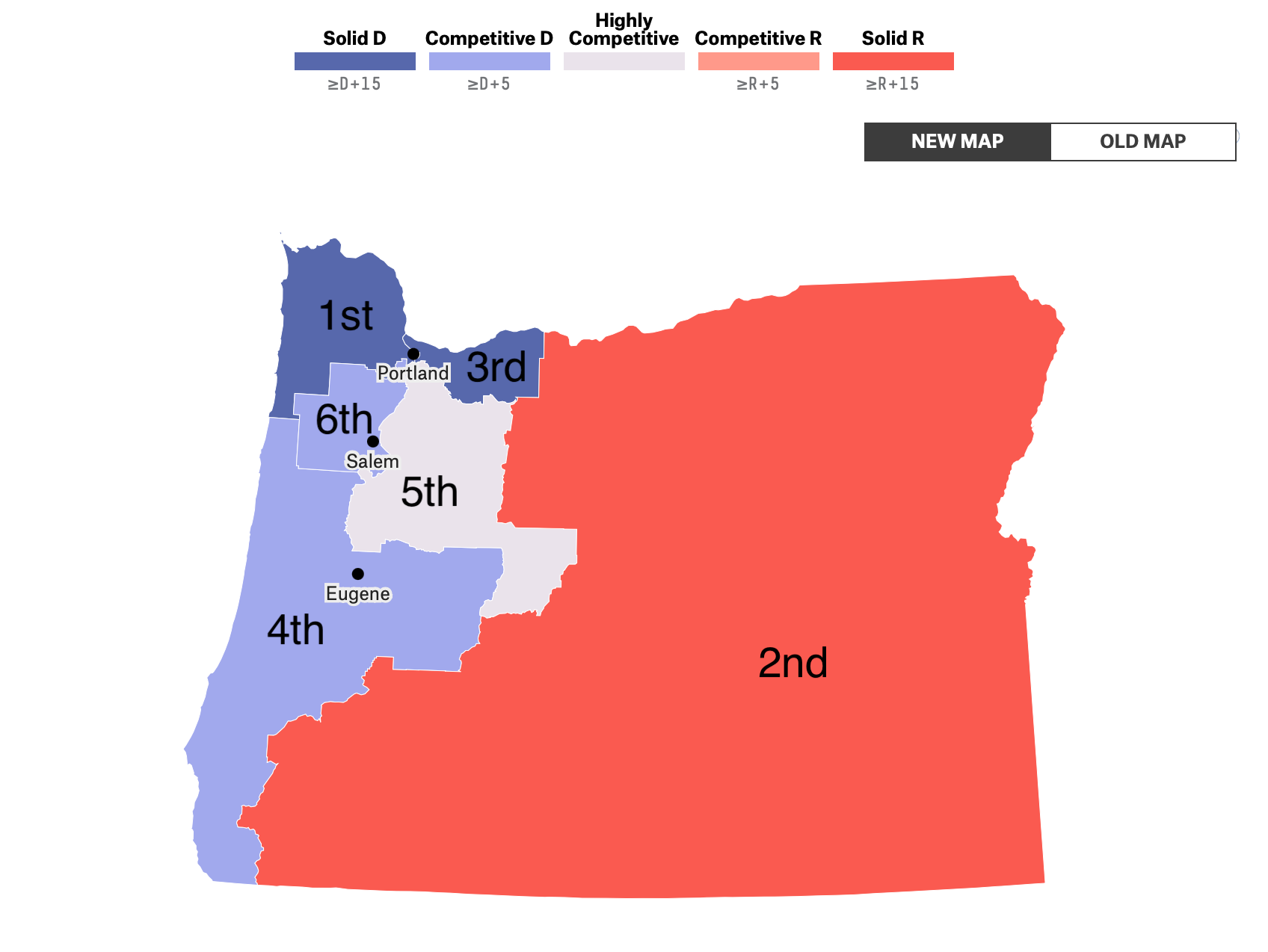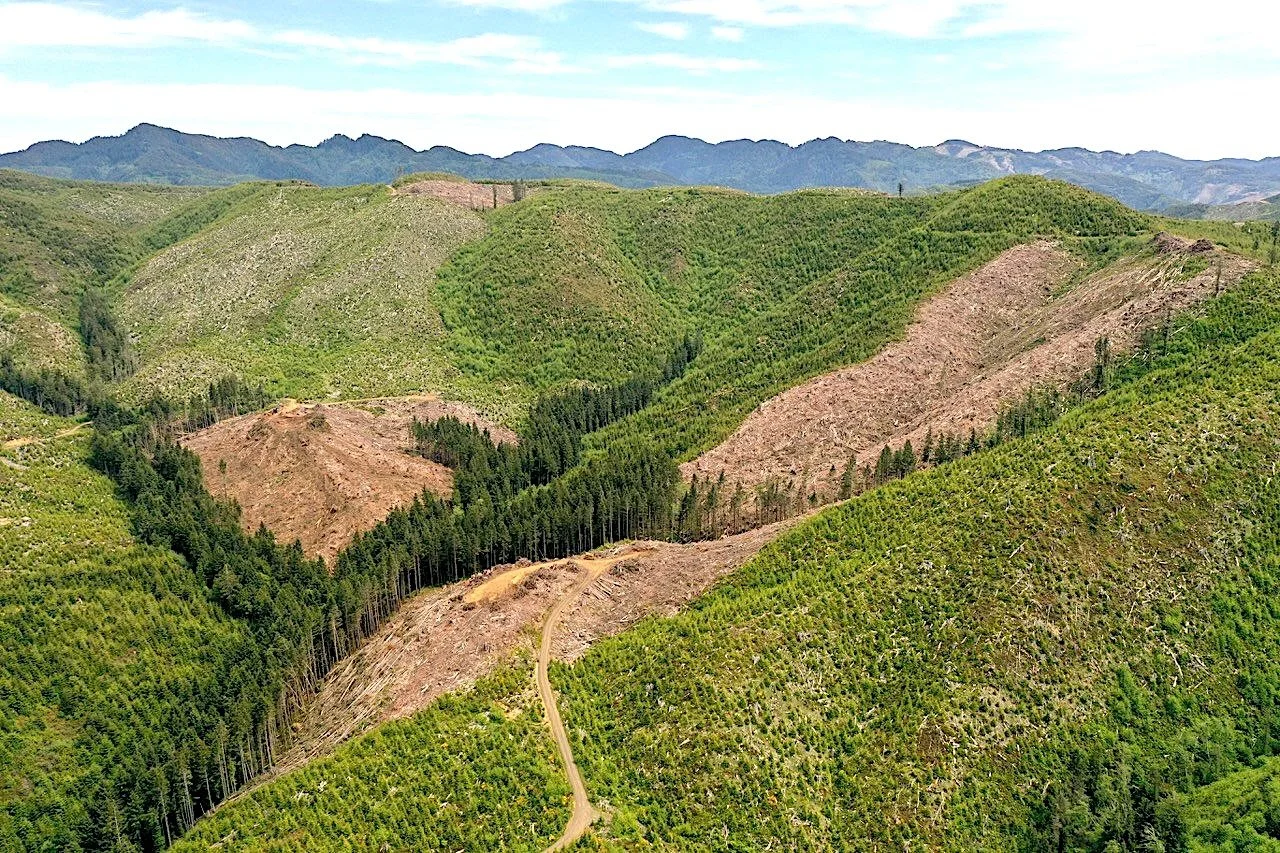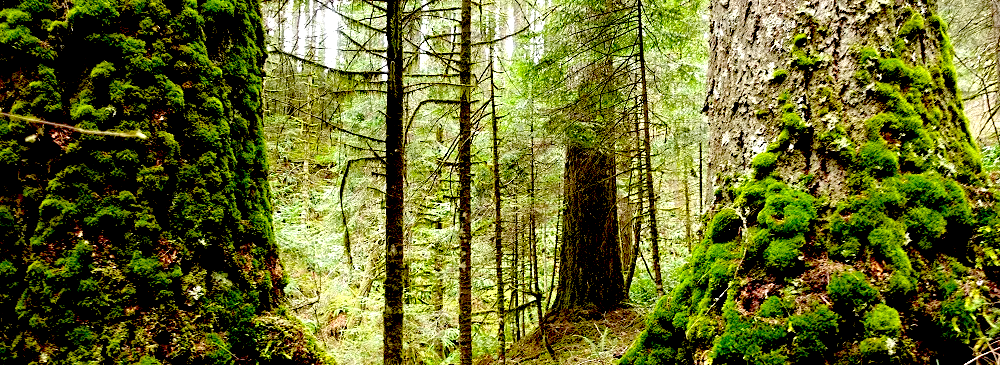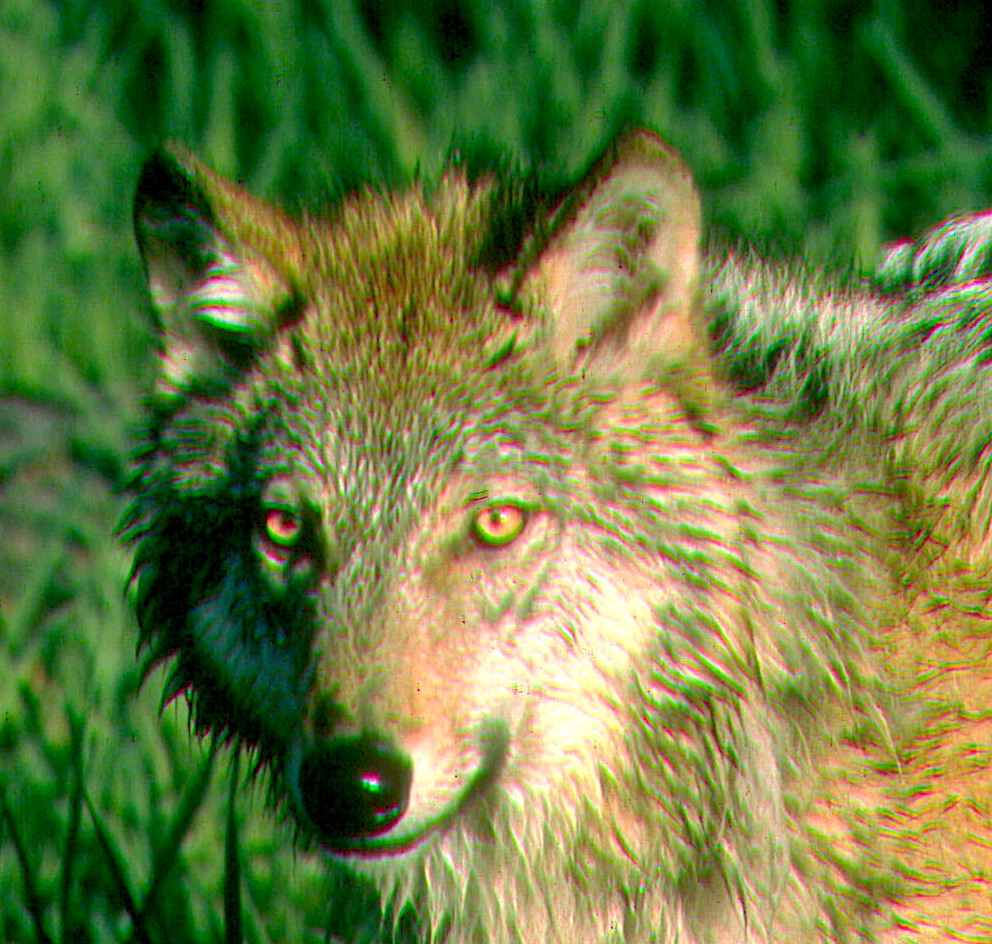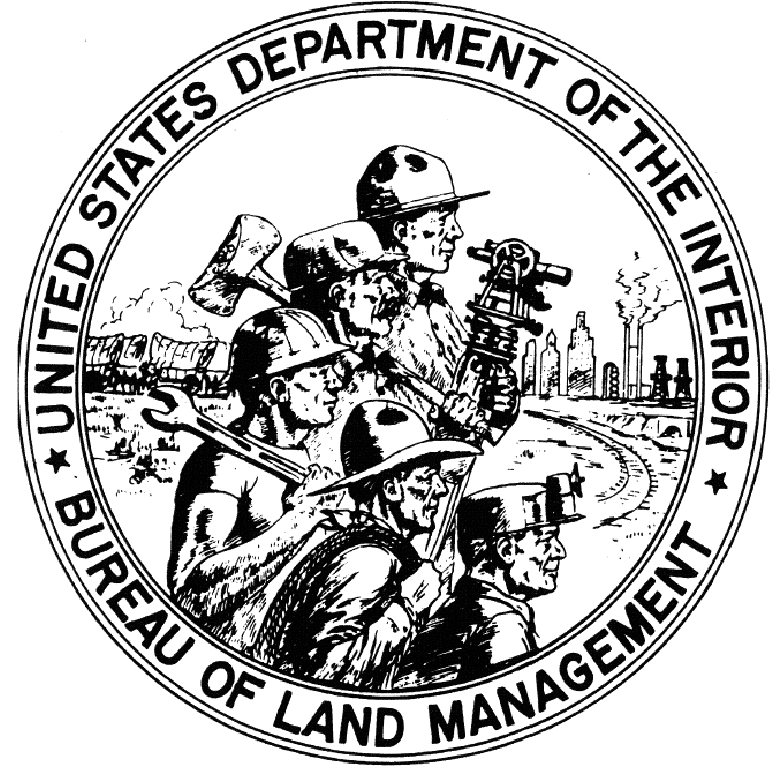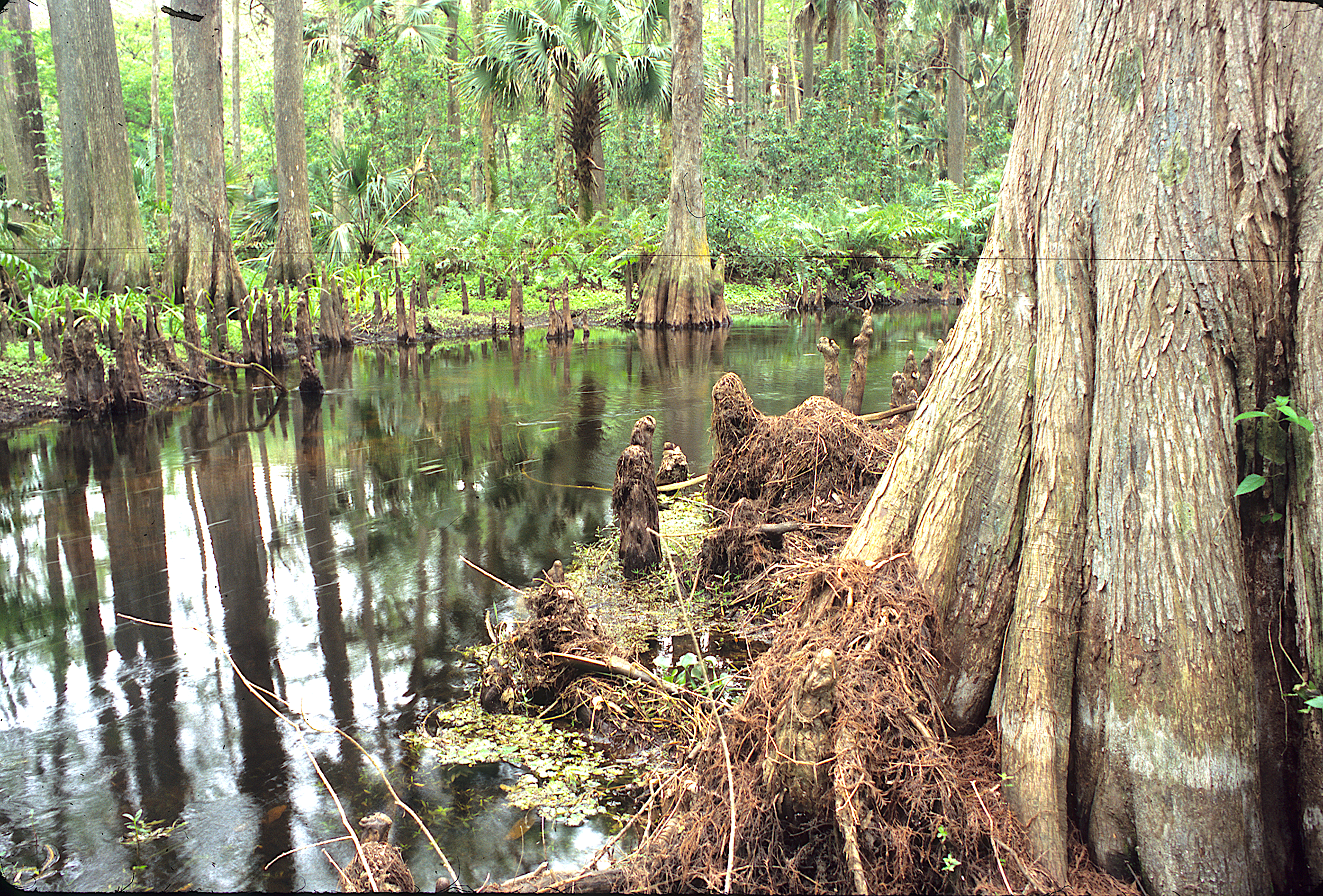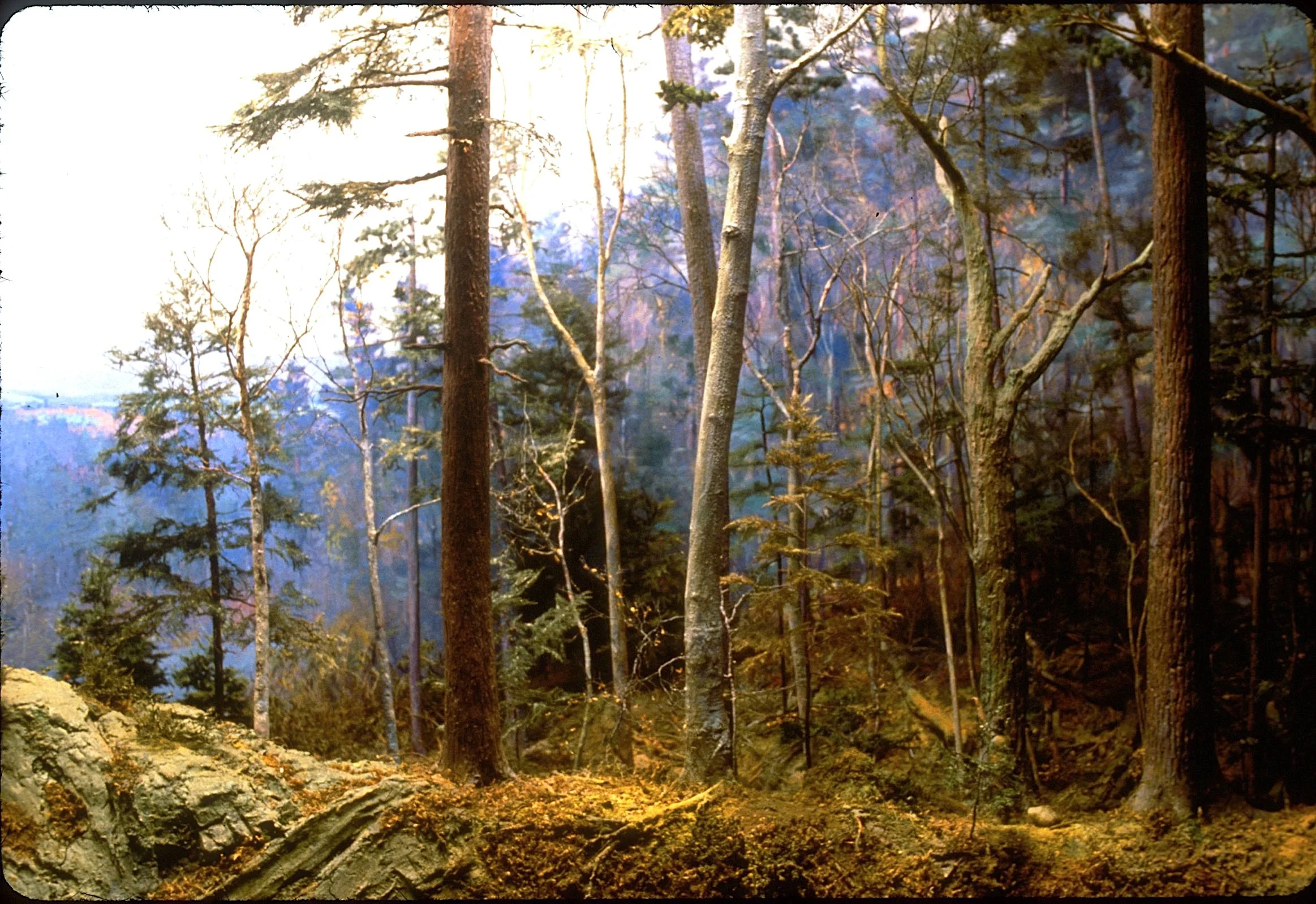Sort By Category
- 30x30
- Administration
- Antiquities Act
- Book Reviews
- Bureau of Land Management
- Climate Change
- Climate change
- Coasts
- Congress
- Counties & Federal Lands
- Courts
- Courts & Litigation
- Department of Agriculture
- Department of Interior
- Deserts
- Ecological Reserves
- Ecosystems
- Elections
- Endangered Species
- Energy
- Estuaries
- Federal Lands
- Fish
- Fish and Wildlife Service
- Forest
- Forest Fires
- Forest Service
- Forestry
- Forests
- Grasslands
- Land & Water Cons. Fund
- Land & Water Conservation Fund
- Legislation
- Litigation
- Livestock Grazing
- Marine Protected Areas
- Marine Sanctuaries
- Mature & Old-Growth Forests
- Mature and Old-Growth Foresrts
- Mining
- Nat'l Conservation Lands
- National Forest System
- National Marine Sanctuaries
- National Monuments
- National Monuments Act
- National Park Service
- National Park System
- National Parks
- National Recreation Area
- National Scenic Area
Sort By Tag
- 1002 area
- 30x30
- 5th Amendment
- ANWR
- Acadia National Park
- Adam Smith
- Administrative Procedure Act
- Advancing Conservation and Education Act
- Alan Bates
- Alan Deboer
- Alaska
- Alaska National Interest Lands Act
- Alaska Native Claims Settlement Act
- Aldo Leopold
- American Forest Resource Council
- American Prairie Reserve
- American Tree Farm System
- American beef supply
- American black duck
- American woodcock
- Ammon Bundy
- Ancient Forest National Park
- Anders Eskil Carlson
- Andrea Salinas
- Andrew N. Gray
- Andy Kerr
- Animal unit month
- Ansel Adams
- Antiquities Act
- Applegate Primitive Backcountry Area
- Aqua Fria National Monument
- Aquatic Conservation Strategy
- Aquatic Conservation and Riparian Strategy
- Arches National Monument
- Arches National Park
- Arctic National Wildlife Refuge
- Areas of Critical Environmental Concern
- Army Corps of Engineers
- Association of O&C Counties
- Astoria Canyon
- Astoria Fan
- Atlantic Coast
- Augusta Canal NHA
- Avarna Group
- Avi Kaw Ame
- BLM Conservation Rule
- BLM Zone 3 Lands
- BOEM Oregon Planning Area
- Baboquivari Peak Wilderness
- Baker County
Changes Coming to the Oregon Delegation to the US House, Part 2: 1st, 2nd, and 4th Districts
This is the second installment of a two-part exploration of certain, probable, and/or needed changes to the Oregon delegation to the US House of Representatives in the 2024 elections.
Changes Coming to the Oregon Delegation to the US House, Part 1: 3rd, 5th, and 6th Districts
This is the first installment of a two-part exploration of certain, probable and/or needed changes to the Oregon delegation to the US House of Representatives in the 2024 elections.
Along with the great danger of the Oregon US House delegation becoming worse on public lands issues, there are also great opportunities for it to be better.
The Unmaking of the Northwest Forest Plan, Part 2: Remaking It for the Next Quarter Century
This is the second installment of a two-part series on the Forest Service seeking to amend the Northwest Forest Plan. Part 1 examined the motivation of Forest Service bureaucrats to release themselves from the shackles of the plan, all the while playing up happy talk about ecosystems and sustainability and downplaying the sad truth of more roading and logging. Part 2 examines how to strengthen the Northwest Forest Plan for the benefit of this and future generations.
The Unmaking of the Northwest Forest Plan, Part 1: Out with Enforceable Substance and in with Performative Process
This is the first installment of a two-part series on the Forest Service seeking to amend the Northwest Forest Plan. Part 1 examines the motivation of Forest Service bureaucrats to release themselves from the shackles of the plan, all the while playing up happy talk about ecosystems and sustainability and downplaying the sad truth of more roading and logging. Part 2 will examine how to strengthen the Northwest Forest Plan for the benefit of this and future generations.
Protecting Drinking Water Sources, Part 2: Suggestions for Improvement
This is the second installment of a two-part exploration of the impact of logging on watersheds that supply public water. Part 1 examined the benefits of older forests in providing and protecting water quantity, water quality, and timely release of water. Part 2 offers suggestions to protect watersheds that supply public water in order to improve quantity, quality, and timely release of water while also attaining coincidental conservation benefits for this and future generations.
Protecting Drinking Water Sources, Part 1: Water Quantity, Quality, and Timely Release
This is the first installment of a two-part exploration of the impact of logging on watersheds that supply public water. Part 1 examines the benefits of older forests in providing and protecting water quantity, water quality, and timely release of water. Part 2 offers suggestions to protect watersheds that supply public water in order to improve quantity, quality, and timely release of water while also attaining coincidental conservation benefits for this and future generations.
Retiring Grazing Permits, Part 2: History of the Voluntary Retirement Option
This is the second of a three-part exploration of retiring permits for grazing on federal public lands. Part 1 examined the state of the public lands grazing industry and made the case for the equitable end to abusive livestock grazing on public lands. Part 2 reviews the history of congressional and other actions to facilitate retirement of federal grazing permits. Part 3 will speculate on the future of this conservation tool.
Retiring Grazing Permits, Part 3: Future of the Voluntary Retirement Option
This is the third of a three-part exploration of retiring permits for grazing on federal public lands. Part 1 examined the state of the public lands grazing industry and made the case for the equitable end to abusive livestock grazing on public lands. Part 2 reviewed the history of congressional and other actions to facilitate retirement of federal grazing permits. Part 3 speculates on the future of this conservation tool.
Retiring Grazing Permits, Part 1: Context and Case for the Voluntary Retirement Option
This is the first of a three-part exploration of retiring permits for grazing on federal public lands. Part 1 examines the state of the public lands grazing industry and makes the case for the equitable end to abusive livestock grazing on public lands. Part 2 will review the history of congressional and other actions to facilitate retirement of federal grazing permits. Part 3 will speculate on the future of this conservation tool.
Malheur County Federal Land Legislation Take 4, Part 2: The Ugly, the Missing, and the Alternative
As it’s a complex piece of policy and politics, this is the second of two parts, the first of which was published last week. Part 1 analyzed the legislation in terms of the good, the bad, and the whatever. This Part 2 will analyze the ugly and the missing, and suggest an alternative.
Malheur County Federal Land Legislation Take 4, Part 1: The Good, the Whatever, and the Bad
With a few critical tweaks, Senator Wyden’s legislation could be a net gain for the conservation of nature for the benefit of this and future generations. Without those tweaks, the bill as drafted is an existential threat to the conservation of federal public lands and should not be enacted into law.
Forest Service Proposes Rulemaking: An Opportunity to Conserve and Restore Mature and Old-Growth Forests
The Forest Service has announced it is going to be proposing new regulations to address the “climate resilience” of the National Forest System. We can hope these will include the conservation and restoration of mature and old-growth forests and trees.
How Much Mature and Old-Growth Forest Does the US Have Left?
Supreme Court Justice Potter Stewart said it of pornography, but he could have applied the thought to old-growth forests as well: “I shall not today attempt further to define the kinds of material I understand to be embraced . . . but I know it when I see it.”
The BLM’s Proposed “Conservation” Rule: Open for Comments
The nation’s largest land manager is proposing a new “conservation” rule that might result in improved land management but more likely will serve as a shield for the agency to continue to degrade public lands at the expense of this and future generations.
Forests in the American East, Part 3: A Vision of the Return of Old-Growth Forests
This is the third of a three-post examination of forests in the American East. Part 1 diagnosed an “environmental generational amnesia” that makes people think it is okay to not have real (old-growth) forests and to tolerate, if not facilitate, massive and repeated clear-cutting and/or deforestation in the name of creating “early successional habitat” for species of wildlife that we need not be concerned about. Part 2 shed light on a conspiracy of self-interested timber companies, misguided public land foresters, misinformed wildlife biologists, and Kool-Aid-drinking conservationists. This Part 3 suggests ways to partially—but significantly—bring back the magnificent old-growth forests that have long been lost.
Forests in the American East, Part 2: A Plague of Early Successional Habitat
This is the second of a three-post examination of forests in the American East. Part 1 diagnosed an “environmental generational amnesia” that makes people think it is okay to not have real (old-growth) forests and to tolerate, if not facilitate, massive and repeated clear-cutting and/or deforestation in the name of creating “early successional habitat” for species of wildlife that we need not be concerned about. This Part 2 sheds light on a conspiracy of self-interested timber companies, misguided public land foresters, misinformed wildlife biologists, and Kool-Aid-drinking conservationists. Part 3 will suggest ways to partially—but significantly—bring back the magnificent old-growth forests that have long been lost.
Forests in the American East, Part 1: A Pandemic of Shifting Baseline Syndrome
This is the first of a three-post examination of forests in the American East. Part 1 diagnoses an “environmental generational amnesia” that makes people think it is okay to not have real (old-growth) forests and to tolerate, if not facilitate, massive and repeated clear-cutting and/or deforestation in the name of creating “early successional habitat” for species of wildlife that we need not be concerned about. Part 2 will shed light on a conspiracy of self-interested timber companies, misguided public land foresters, misinformed wildlife biologists, and Kool-Aid-drinking conservationists. Part 3 will suggest ways to partially—but significantly—bring back the magnificent old-growth forests that have long been lost.
Preforests in the American West, Part 1: Understanding Forest Succession
This is the first of a two-post exploration of the stage of forest succession that occurs after a stand-replacing event and before the canopy again closes and dominates the site. In Part 1, we discuss why preforests are valuable, if undervalued. In Part 2, we will address management of preforests to preserve their ecological value.
Preforests in the American West, Part 2: “Reforestation,” By Gawd?
This is the second of a two-post exploration of the stage of forest succession that occurs after a stand-replacing event and before the canopy again closes and dominates the site. Part 1 discussed why preforests are valuable, if undervalued. Part 2 addresses management of preforests to preserve their ecological value.
Book Review: Our Common Ground: A History of America’s Public Lands
Understanding the history of public lands is useful if one is to be the best advocate for the conservation of public lands.

